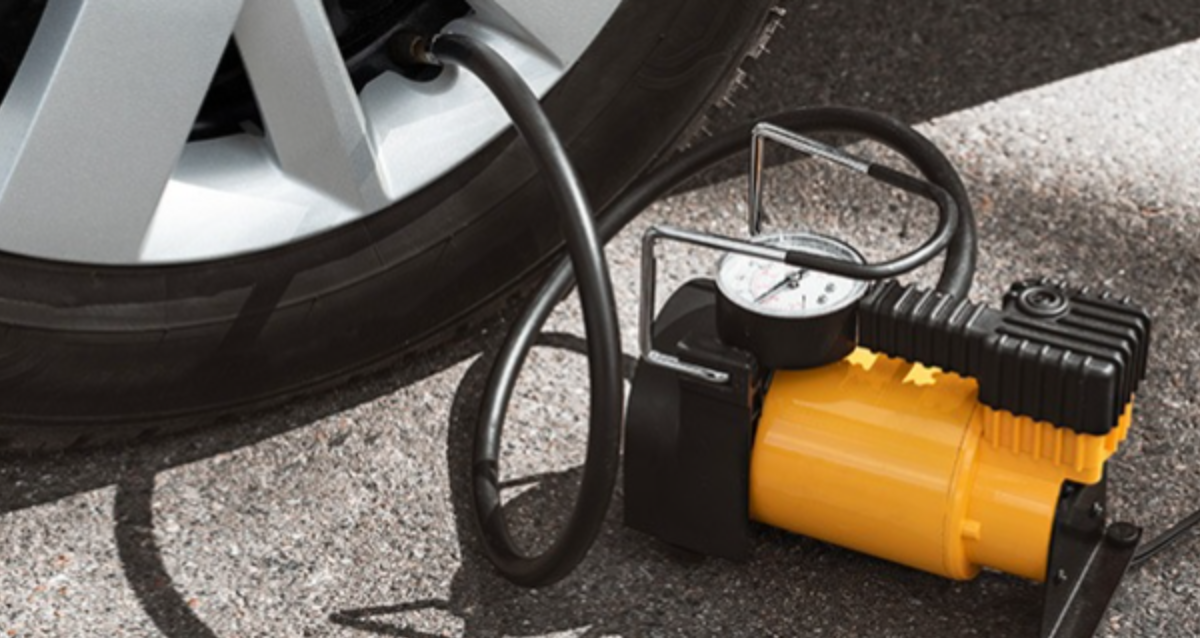If you are looking forward to a pleasant drive after a hard day’s work, then it is important to take care of your tyres. Tyres that are maintained in good condition contribute to a safe driving experience, reduced fuel consumption, and deliver exceptional performance even in unfavourable conditions. A simple periodical inspection for proper tyre pressure, tread sex toy shop eagles jersey adidas adilette 22 stockx zion nike jordan dallas cowboy shop best sex toys air max 95 sale 49ers jersey curly hairpiece for braids ja morant jersey original yeezy sale air max goaterra 2.0 jersey nfl original sex toy shop dallas cowboy shop wear, cracks or serious damage can go a long way in having a stress-free journey. You will also end up saving on the costs of changing a tyre prematurely.
You certainly do not want to be caught off guard by an unexpected flat tyre in the middle of the highway. A car foot pump is a useful car accessory to carry in your vehicle trunk in case of emergencies. It is not always feasible to rely on a service station or roadside assistance.
Listed below are some useful tyre care steps you should follow for extended and reliable tyre life.
Guidelines for proper tyre maintenance
Modern cars are equipped with digital tyre pressure gauge monitoring systems to alleviate the task of checking the tyre pressure at a fuel station or with a portable tyre inflator. The best tyre inflator for cars is usually compact enough to carry along in your vehicle and easily connects to the onboard power outlet (if not directly to the battery).
However, there is no substitute for tyre care maintenance activities, checking your tyres often and ensuring you follow the guidelines for the proper functioning of your car tyres. Here are some essential tips and tricks for long tyre life and safe journeys.
Inflate tyres to the correct pressure
Car tyres should never be over or under-inflated. When tyres are maintained at the recommended pressure, they provide optimum performance, long life, low rolling resistance, good fuel economy and are safe to drive in adverse conditions. The tyre pressure must be checked at least twice a month when they are cool (the car is parked for around 15 minutes). You can find the recommended tyre pressure on a placard placed on the inner door sill. Underinflation leads to loss of control, premature wear and sluggish performance, while overinflation results in a bumpy ride and may damage suspension or wheels.
Inspect tyres for wear and tear
It is good practice to check your tyre treads before you set off for a spin in your car. Driving with worn-out tyres in wet weather or muddy roads can cause the vehicle to skid off the road. Badly worn or almost bald tyres have a higher chance of suffering a puncture because the inner tyre walls are exposed to the road surface and tiny objects can cause a blowout quite easily. Look out for cracks in the sidewall, bulges, loss in pressure and deformations in the tyre.
Drive in a safe manner
Accelerating suddenly and braking hard can put excessive strain on your car tyres. Be extra careful in low traction conditions when it is raining, snowing or through sand and ice, as spinning the tyres can damage the tread by way of friction and overheating. If you find yourself stuck on a loose surface, avoid spinning the tyres to free the vehicle. Try reversing the car gently to nudge it out or ask someone to push the vehicle to get it out. Exercise caution on unfamiliar roads while you maintain the speed limit.
Use the recommended tyre type and size
Car manufacturers equip vehicles with the most suitable tyre type and size for a range of driving conditions and road surfaces. When it’s time to replace your tyres, choose the ones that are recommended in the vehicle manual. Using oversized tyres may look sporty, but may lead to loss of control or unstable steering. Tyres come with a maximum load and speed rating which should never be exceeded. Consult a tyre specialist if you need to add snow chains or are planning on taking the vehicle off-road. It is a good idea to replace all four tyres at the same time rather than have them repaired or re-treaded, as there is no guarantee of road safety. If you need to use a different tyre type or size in an emergency, ensure you replace them with the standard specification as soon as possible.
Conclusion
Tyres that are maintained properly and not subject to rough driving can last for at least 50,000 km or 2 years. If you follow the basic guidelines of tyre care at regular service intervals, you should have no worries about them while driving. Carry a spare tyre with you in case of emergencies and invest in a portable tyre inflator to get you out of a tricky situation.
Always follow road safety rules and regulations and remember that taking care of your tyres is as important as changing engine oil or any other routine service to ensure long life and extended reliability.

